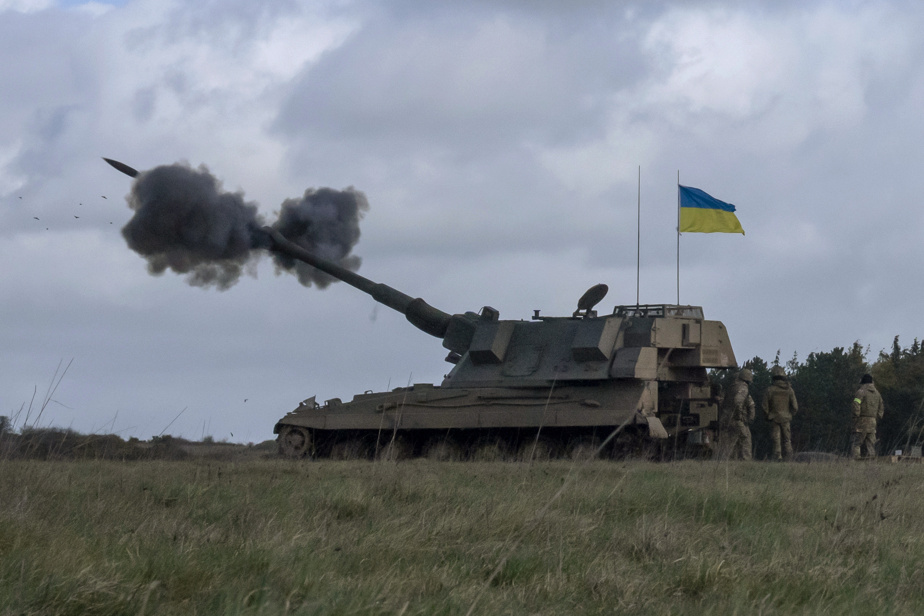(Stockholm) Military spending in Europe will rise again in 2022 to its end-Cold War level, with a record increase for more than three decades boosted by Russia’s invasion of Ukraine, according to a published benchmark report Monday.
Across all continents, military spending reached a new high of $2.24 trillion last year, or 2.2% of global GDP, according to data from the Stockholm International Peace Research Institute (Sipri).
This is the eighth consecutive year of growth for investment in the armed forces worldwide.
“They are pulled by the war in Ukraine, which is pushing up European budgets, but also by the unresolved and growing tensions in East Asia” between China on the one hand and, on the other, the United States and their Asian allies, said researcher Nan Tian, one of the co-authors of the study, to AFP.
The Old Continent spent, after deducting inflation, 13% more on its armies in a year marked by the Russian invasion of Ukraine, according to the report.
This is both the strongest growth in more than 30 years, and a return – in constant dollars – to the level of spending in 1989, the year the Berlin Wall fell.
“This is unheard of since the end of the Cold War,” Tian said.
Ukraine alone increased its spending sevenfold to $44 billion – a third of its GDP. And this without counting several tens of billions of arms donations from abroad, specifies the Sipri.
Russian spending increased by 9.2%, according to his estimates.
“But even removing the two warring nations, spending in Europe has increased significantly,” Tian said.
This European spending, which reached $480 billion in 2022, has already increased by more than a third in ten years, and the trend is expected to continue to accelerate in the next decade.
We could “potentially” see growth levels similar to 2022 for several years, believes the Sipri researcher.
After falling considerably in the 1990s, global military spending had been on the rise since the 2000s.
They were initially driven by China’s major investments in its army, then by renewed tensions with Russia after the annexation of Crimea in 2014.
The United States alone accounted for 39% of global spending last year. With China, number 2 (13%), they represent more than half of the world’s military investments.
The following, Russia (3.9%), India (3.6%) and Saudi Arabia (3.3%) come far behind.
“China is investing heavily in its naval forces, to increase its reach to Taiwan obviously and beyond to the South China Sea,” Tian said.
Opposite, Japan, but also Indonesia, Malaysia, Vietnam and further afield Australia, are trying to keep up.
The United Kingdom is the first European in sixth place (3.1% of the world total) ahead of Germany (2.5%) and France (2.4%) – figures which include donations to the Ukraine.
The United Kingdom, second largest donor behind the United States, “traditionally spends more than Germany and France and has also given more than Germany and France”, underlines Mr. Tian, accentuating its status as Europe’s first nation. in terms of military spending.
In Europe, countries such as Poland, the Netherlands and Sweden are among those which have increased their military investments the most over the past decade.
Modern but very expensive armaments, such as the American F-35 fighter plane, also explain certain spending jumps, as for Finland, which acquired 64 aircraft last year.
Last month, another Sipri report showed that arms imports into Europe had almost doubled (93%) in 2022, driven by massive deliveries to Ukraine, which has become the world’s third largest destination.

